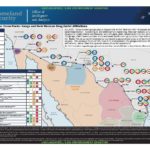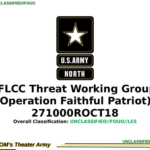
Cross-border gangs play a unique role in the illicit transfer of people and goods across the southwest border. According to law enforcement reporting. Mexican cartels utilize US gangs to smuggle drugs and illegal aliens northbound. and smuggle cash. stolen automobiles. and weapons southbound. US gangs often freelance their work and seek profit-making opportunities with multiple cartels.


